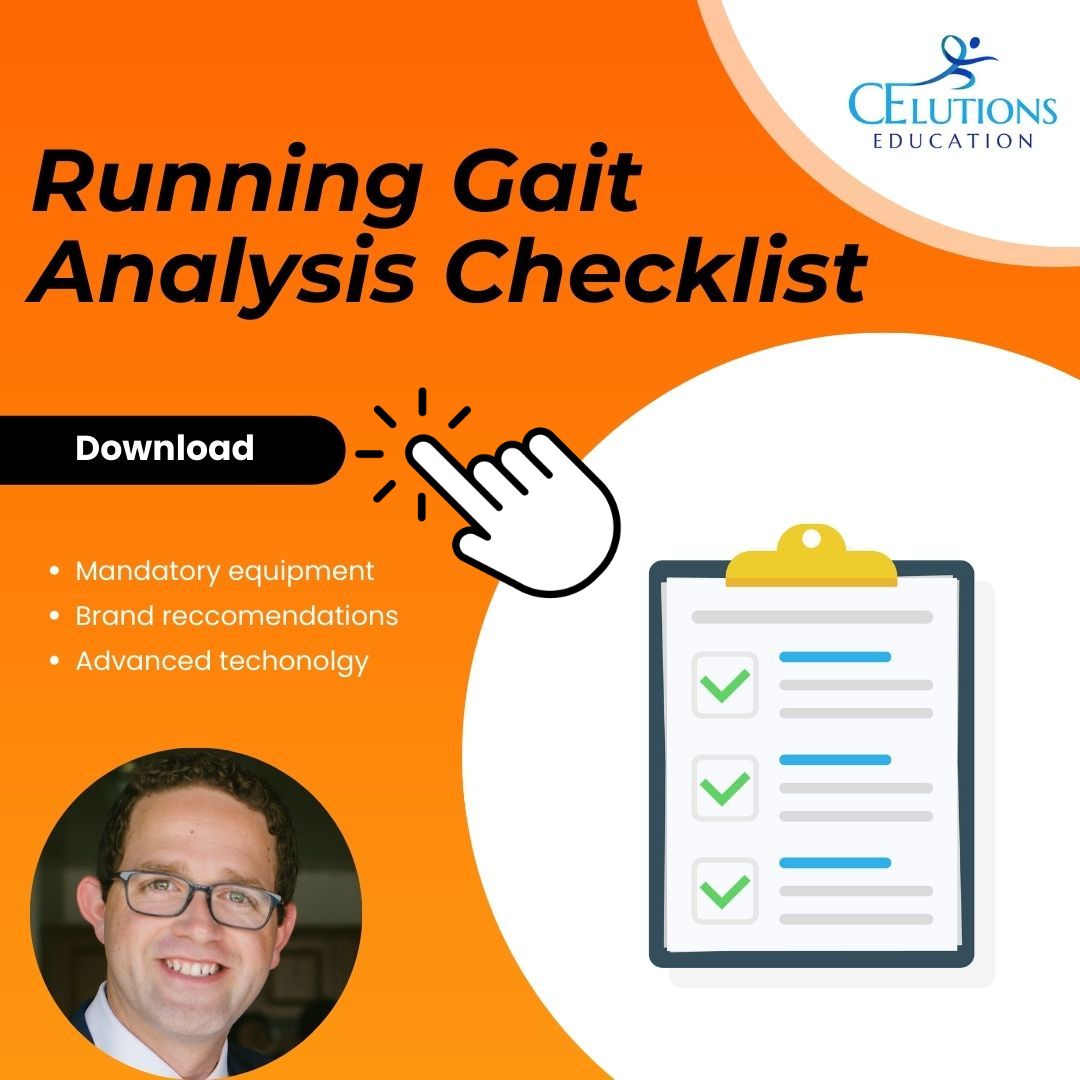The Truth About Forefoot and Rearfoot Running
May 09, 2022
In clinical practice I am often asked, “should I run on my toes?”. While the answer is not black and white there are some important considerations to make while advising patients on this important topic.
The majority of runners rearfoot strike
Sometimes forefoot running is effective and leads to fewer injuries than rearfoot running. However, the majority of us are not forefoot runners. Surveys indicate that between 72% and 94% of us are rearfoot runners, or strike the ground on the rear of the foot. These numbers take into account the range of runners, from barefoot runners in Kenya to marathoners in Wisconsin.
Footstrike patterns aren't correlated to running injuries
It is important to know that research does NOT show any significant correlation between overall instances of injury and how the foot strikes the ground, regardless if it is forefoot or rearfoot. But you might see some differences in the TYPES of running injuries correlated to the style of foot striking. Rearfoot strikers may suffer tibial stress injuries, patellofemoral pain syndrome, and iliotibial band syndrome. Forefoot strikers might have an increased prevalence of metatarsal stress fractures. Additionally, forefoot strikers often need more stability from primary muscle groups in the foot, ankle, knee and hips to be able to run safely.
Debunk the myth that forefoot striking is the best running form
Each running style has its own risks and benefits. Debunk the myth that forefoot striking is the best. Both running styles can be entirely safe and efficient if done correctly. However, there may occasionally be a need for a runner to change their gait pattern from rearfoot strike to forefoot strike. One potential reason would be due to a persisting injury, like chronic Runner’s Knee, or Patellofemoral Pain Syndrome. If physical therapy and/or footwear adjustment have not proven to be effective, maybe it’s time to perform a running gait analysis with your patient. If you are interested in learning more about running gait analysis, improving your patients outcomes and/or learning how to start your own profitable running gait analysis clinic click here to check out our continuing education course “The Essentials of Running Gait Analysis”. Lastly, if you have questions about this content or the course feel free to reach out to us to discuss and we will personally respond to your question.
If you haven’t done so already grab the “24 Hour Gait Analysis Checklist” and start your own running gait analysis clinic.
References:
Benson LC, Clermont CA, Watari R, Exley T, Ferber R. Automated Accelerometer-Based Gait Event Detection During Multiple Running Conditions. Sensors. 2019; 19(7):1483. https://doi.org/10.3390/s19071483
Dingenen, B, Staes, FF, Santermans, L, et al. Are two-dimensional measured frontal plane angles related to three-dimensional measured kinematic profiles during running? Phys Ther Sport. 2018;29:84-92.
Gallow A., Heiderscheit B. (2016) Clinical Aspects of Running Gait Analysis. In: Miller T. (eds) Endurance Sports Medicine. Springer, Cham. https://doi.org/10.1007/978-3-319-32982-6_15
Luz, BC, Dos Santos, AF, de Souza, MC, de Oliveira Sato, T, Nawoczenski, DA, Serrao, FV. Relationship between rearfoot, tibia and femur kinematics in runners with and without patellofemoral pain. Gait Posture. 2018;61:416-422.
